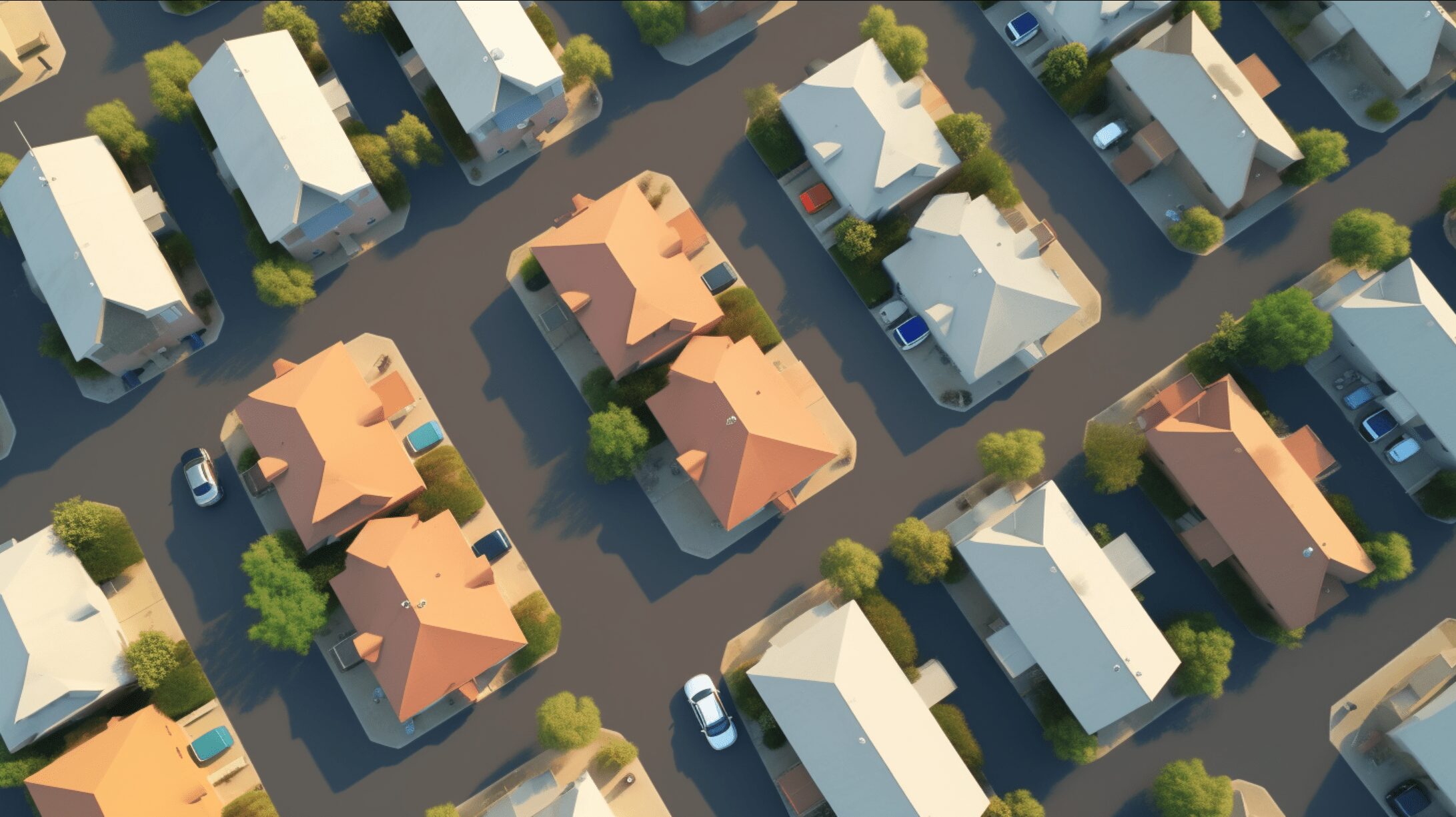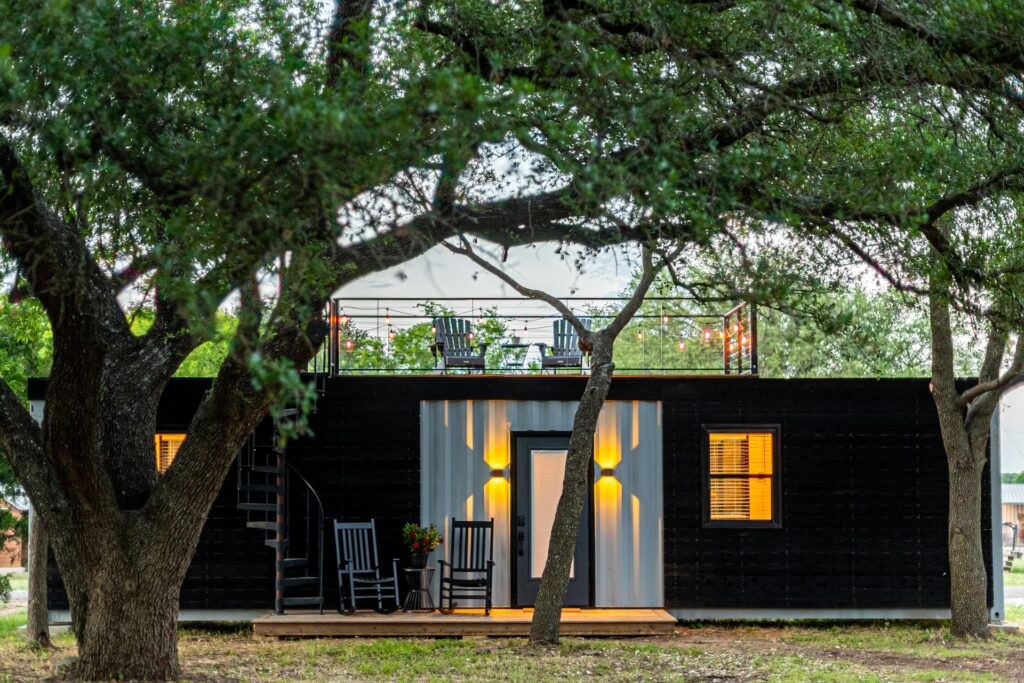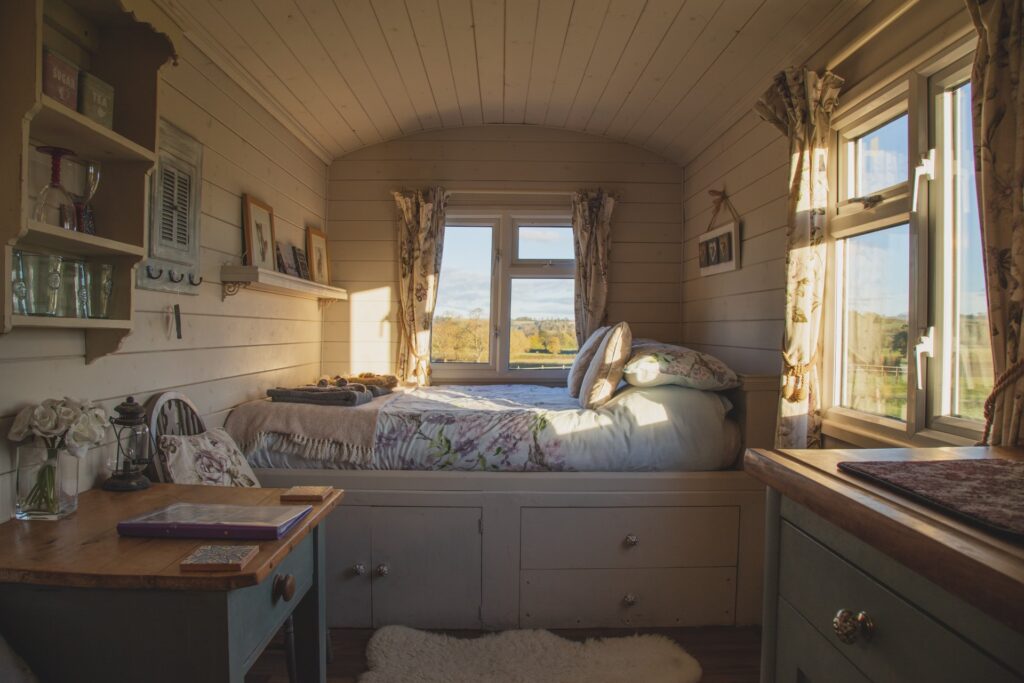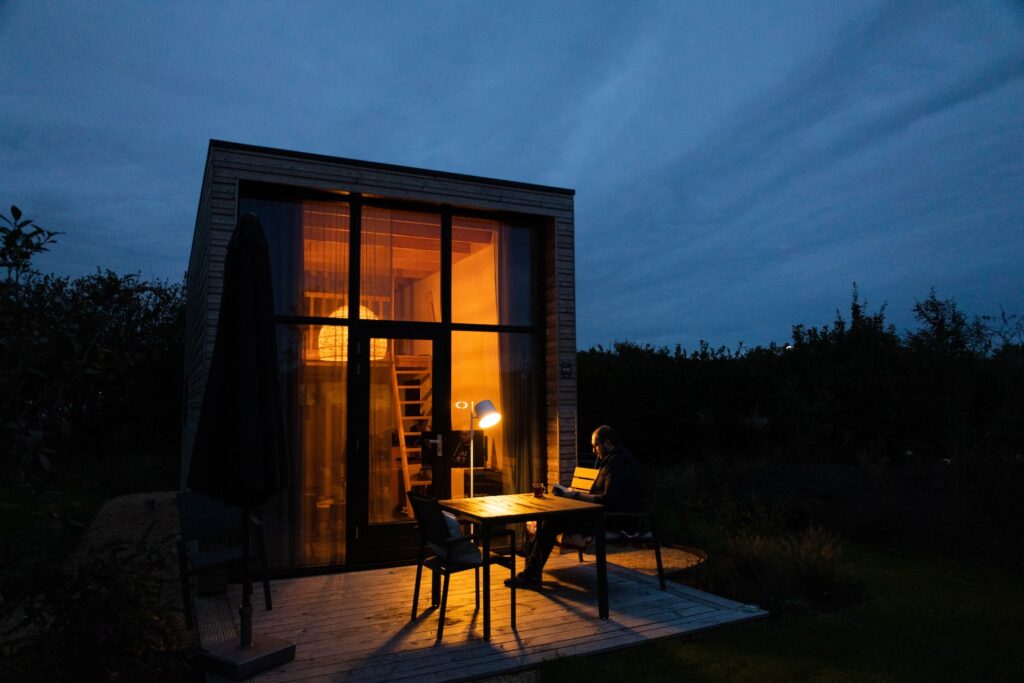
We are reader-supported. When you buy through links on our site, we may earn an affiliate commission.
It’s no secret that people in the United States have significant carbon footprints. Americans tend to use four times more energy than citizens elsewhere. These actions add drastically to climate change, which is why solutions need to be explored to reduce outputs. Houses are a key contributor. It’s smart to start there to ensure a healthier environment. Here’s a look at how net-zero energy communities could improve the health of the planet.
What Does This Concept Involve?
There’s no denying that buildings create disproportionate carbon emissions. They actually account for 40% of energy consumption in America. That’s an excessive amount — especially when compared to the transportation sector.
What does “net-zero energy communities” mean? It essentially refers to neighborhoods with homes that generate as much energy as they consume through renewable sources. This initiative neutralizes their outputs. It’s common for zero-energy houses to use sustainable materials throughout the construction process, too.
These homes make a more significant impact on carbon emissions when built together. It’s helpful for one property on a block to be net-zero, but consider what 15 or 20 zero-energy houses in a row could do for the environment. There’s a notable difference.
Features of Net-Zero Houses
Developments with zero-energy homes include various features that make them eco-friendly. These add-ons range from renewable power to green materials. Here’s a look at what a net-zero house might look like.
1. Power
How do net-zero homes get power? There are five primary renewable energy sources: solar, wind, biomass, hydropower and geothermal. These are all virtually inexhaustible options that builders can use for entire communities.
Geothermal offers a prime example. Developments throughout the United States have turned to underground pumps for heating and cooling purposes. These homes are equipped with every necessary component so homeowners can adapt easily.
2. Materials
It’s no secret that building requires energy. Architects need to prioritize eco-friendly materials as they create plans. Those who build net-zero energy communities should use materials that make their homes fully eco-friendly.
Choices for zero-energy materials range from recycled windows to bamboo floors. These materials don’t necessarily determine how much energy a house generates. However, it’s beneficial to ensure every aspect of zero-energy communities has sustainable elements.
3. Appliances
People who own homes already know that appliances use excess power. That’s why many net-zero energy communities install sustainable alternatives. These options include cleaner ventilation systems, Energy Star refrigerators and green water filtration.
Properties with standard appliances powered by renewable energy can still be net-zero. However, homes that use eco-focused machinery can make a bigger difference. That’s a key reason why zero-energy neighborhoods use them in their builds.
How Net-Zero Looks Currently
Do net-zero communities currently exist in the United States? Yes. More energy-efficient neighborhoods are popping up annually. Take 2019 as an example — planners launched 580 net-zero housing projects that year.
This number will only increase as attention surrounding zero-energy builds grows. It becomes more evident every year that people are becoming interested in sustainable homes. Here are three examples of America’s net-zero neighborhood initiatives:
1. Kaupuni Village in Hawaii
Kaupuni Village in Hawaii offers a glimpse at how net-zero energy communities have evolved over the past few years. This Oahu neighborhood emerged from the Hawaii Clean Energy Initiative that aims to achieve 70% green power by 2030. Kaupuni Village uses a photovoltaic solar system.
2. De Young EnVision Community in California
Clovis, California, sits in the state’s Central Valley. This location means homeowners have to handle intensely high temperatures. That’s a prime opportunity for carbon emissions to increase as people crank up their air conditioning units. De Young EnVision Community nips that process in the bud.
This neighborhood prioritizes smart architecture to construct houses that are insulated effectively. Homeowners won’t have to use much energy to keep their spaces comfortable as a result. These homes use solar panels to cover whatever power needs remain.
3. Red Fox Crossing in Wisconsin
Red Fox Crossing includes 34 newly built homes with various zero-energy features. They all use solar power. Homeowners also enjoy smart appliances and building materials to help them further reduce their energy output. It’s Wisconsin’s first-ever net-zero community.
These communities all have a similar goal: to create a new standard for housing in America. That’s a concept people will need to partake in as climate change becomes more threatening.
The Future of Net-Zero Communities
How will net-zero possibilities grow from here? There’s no telling how quickly this phenomenon could develop over the next few years. More people will likely consider eco-friendly features as they look for homes to buy. After all, 83% of American millennials want to live in sustainable houses.
That said, only 16% want to pay for them. It’s key for zero-energy communities to be as affordable as possible so they can be accessible. These neighborhoods can’t become too expensive for the general population. There needs to options for every price range.
The United States government currently offers loans that help people afford making sustainable renovations to their current houses. It’s sometimes possible to qualify for discounted mortgages when buying specific properties. These programs should grow as a way to make net-zero communities more affordable for the masses.
It’s also essential to emphasize education. What happens when half of the country doesn’t know that net-zero neighborhoods exist at all? This effort should be a large part of building processes, and developers should do their best to advertise their endeavors. Real estate agents should also highlight these choices for homebuyers during their search.
Net-Zero Energy Communities Could Save the Planet
There’s a huge opportunity that lies in net-zero neighborhoods. It’s going to take a lot of effort to reduce climate change to a manageable level — but zero-energy buildings could be leaders in this fight. Imagine what could happen when the next few generations choose sustainable housing rather than old buildings that use fossil fuels. That prospect would be a massive win for the planet and humankind as a whole.










